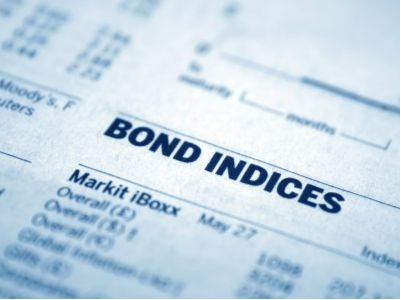PricewaterhouseCoopers: The Federal Reserve cuts interest rates by 25 basis points in December and will cut interest rates twice more next year.
2024-11-12 19:48
Princeton's chief American economist, Blerina Uruci, commented on the outlook for the US economy and the direction of Federal Reserve policy after the Fed's November interest rate meeting.
After the November meeting of the Federal Reserve, Blerina Uruci, chief US economist at Prudential, made comments on the outlook for the US economy and the direction of Fed policy. She expects the Fed to cut interest rates by 25 basis points at the December meeting, and also anticipates two more rate cuts of 25 basis points each next year, followed by a possible pause in rate cuts, bringing the federal funds rate upper limit to 4%.
While the market's reflection of monetary policy seems reasonable, long-term bond yields may still rise due to increasing inflation and fiscal risk premiums. It is particularly important as the Fed can only moderately and reactively respond to the ongoing high fiscal deficit risks.
During the press conference, particular attention was paid to how the Fed will address the uncertainties of fiscal policy and tariffs during President Trump's term. Powell described a model-based approach, whereby the committee will analyze fiscal/tariff proposals multiple times before policy implementation, considering them as one of the many factors affecting the economy.
Powell played down the impact of Trump policy changes on the Fed's dual mandate (price stability and full employment). Given that loose fiscal policy in recent years has led to a sharp rise in inflation, if the Fed adopts Powell's outlined approach, they may lag behind in addressing inflation, ultimately leading to overly accommodative policies. If inflation falls to target levels due to increased productivity, the accommodative rate environment is expected to support economic growth and risk assets.
The Fed will closely monitor the upward trend in 10-year Treasury bond yields. So far, the increase in long-term US Treasury yields is mainly attributed to higher growth expectations rather than inflation uncertainty. The Fed will interpret higher bond yields as unfavorable for full employment, therefore leaning towards a dovish stance and maintaining the inclination to lower rates to a neutral level.
Finally, Powell stated explicitly that he will serve until the end of his term in May 2026, and according to the law, he or other governors cannot be dismissed. The nomination for the Fed chair in May 2026 will be selected by President Trump personally, and may lean towards dovishness. This may be another factor leading investors to require a higher risk premium when holding US Treasuries.
RECOMMEND

AMAC: In January, 137 new asset-backed special plans were filed, with a total scale of 1122.64 billion yuan.
26/02/2025

Schroder Investment: Investors should consider allocating funds to securitized credit and insurance-linked securities.
26/02/2025

Reuss County Asset Annual Reflection: Policy Tipping Point is very clear. The semiconductor industry in 2025 is a game for the brave.
26/02/2025


